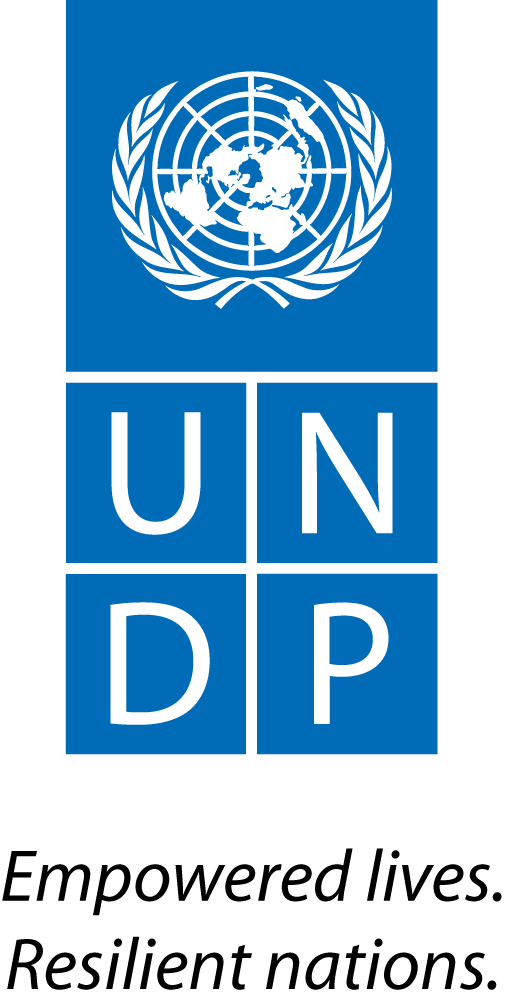More research is needed to understand how ecosystems can help reduce disaster risks around the world, according to a report launched in Brussels, Belgium, today.
The World Risk Report 2012 says that human development activities have "massively raised the hazard potential".
It cites the destruction of coral reefs and mangrove forests in South-East Asia - which has reduced protection against flooding and tidal waves - and increased deforestation, which has led to worsening soil erosion and the exacerbation of floods and landslides in Pakistan.
If future development is "poorly done", it will put even more vulnerable people at risk from disasters, the report warns.
But it also outlines an alternative scenario in which the conservation of ecosystems works hand in hand with sustainable development to link disaster risk reduction, environmental and socioeconomic goals.
For example, governments in the Caribbean could focus on coral reef restoration to reduce their exposure to storms, it says.
"Disaster prevention [methods] taking 'green solutions' into account should become a fundamental part of international development negotiations," said Peter Mucke, director of Alliance Development Works, at the launch.
Evidence shows that intact ecosystems can significantly reduce disaster risk, the report says, but these insights have been given "too little attention by politics and science".
There is now a need to "identify places where conservation and restoration of ecosystems represent particularly good solutions for risk reduction". And there is a need for better data and the integration of local studies into international disaster-preparedness plans.
"The new World Risk Report gives us a vivid picture of how environmental destruction on a global scale is increasingly becoming a direct threat to human beings as well," said Mucke.
An increasing number of people around the world are being exposed to floods, drought, earthquakes and cyclones, with more than 4,000 disasters claiming one million victims and costing nearly US$2 trillion in damages between 2002-2011 - with the highest damages in 2011.
The report's WorldRiskIndex used the World Disaster Index's 28 indicators to rank 173 countries by their disaster risk, resulting from a combination of factors, including natural exposure to hazards and low capability to cope and adapt to disasters because of issues such as poor healthcare, research and governance systems.
Regions most at risk - where a high exposure to natural hazards and climate change coincides with vulnerable societies - are in Central America, Oceania, the Southern Sahel and South-East Asia.
Out of top 15 countries most at risk of natural disasters, eight are island states, many of them in South-East Asia and the Pacific. Due to their proximity to the sea, these states are especially at risk of cyclones, flooding and sea-level rise.
All top fifteen are tropical and coastal, said Christine Shepard, a researcher at the Nature Conservancy, United States, adding that those are the same countries that have coastal ecosystems that can reduce the risks.




